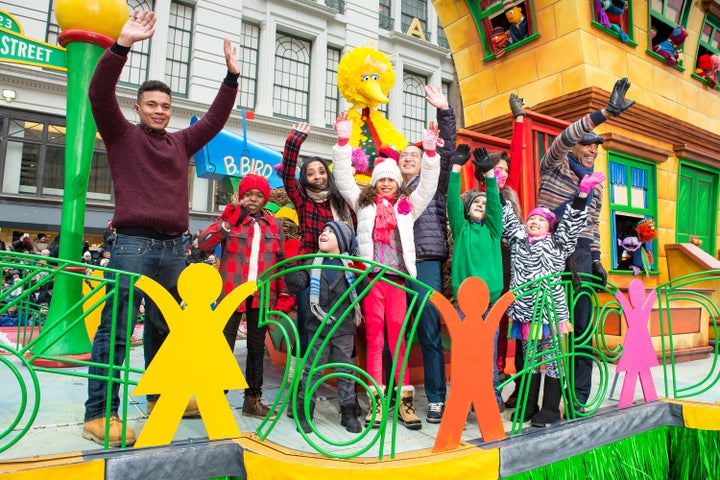
This week, “Sesame Street” announced that its character Julia, who has autism, will make her TV debut in April in an episode that will teach kids about the disorder. That trailblazing decision marks just one of the series’ many groundbreaking moments.
Throughout its 47-year history, “Sesame Street” seems to have always embraced diversity and inclusion by having its Muppets and their human friends discuss important issues (like bullying and divorce) and reflect people kids actually see day to day (like children whose parents are in the military).
Though there are many more to choose, here are 11 other important moments from the creative people behind the beloved show.
“Telly, there are just some really stupid people in the world who can’t stand to see when people of different races are friends,” Savion says.
“Because Sav’s skin is brown and mine is white he thinks we shouldn’t be friends. It drives him nuts just to see us having fun together,” Gina says.
When Telly asks what color has to do with being friends, Gina replies, “Nothing, nothing at all.”
“I’m feeding the baby. See, he’s drinking milk from my breast,” Sainte-Marie says.
“That’s a funny way to feed a baby,” Big Bird responds.
“Lots of mother feed their babies this way,” Sainte-Marie explains. “Not all mothers, but lots of mothers do.”
Jason can be seen on “Sesame Street” counting, spelling and hanging out with his Muppet friends in 55 episodes in the 1970s.
In Charles A. Riley II’s book Disability and the Media: Prescriptions for Change, Kingsley explained why it's important for kids with disabilities to be a part of the cast, which also includes characters who are deaf and blind:
"We include kids with disabilities just as part of the gang. Children in the audience get validation when they see others like themselves. Their siblings receive gratifying reinforcement seeing kids like those in their own families. We take the strangeness out of it. Why should difference be equated with fear?"
In a 2004 interview with the Archive of American Television, Loretta Long, who plays Susan Robinson on the show, said, “People still come up to me on the street telling me what it meant to them to be able to talk to their children about death.”
Sherrie Westin, executive vice president of global impact and philanthropy of the Sesame Workshop, described Zari as the “perfect opportunity to engage both boys and girls with lessons supporting girls’ empowerment and diversity appreciation as we aim to help all children in Afghanistan grow smarter, stronger, and kinder.”
In the song, the character sings, “Wear a clippy or in a bow, or let it sit in an afro, my hair looks good in a cornrow. It does so many things, you know, that’s why I let it grow. I love my hair.”
The HuffPost Parents newsletter, So You Want To Raise A Feminist, offers the latest stories and news in progressive parenting.